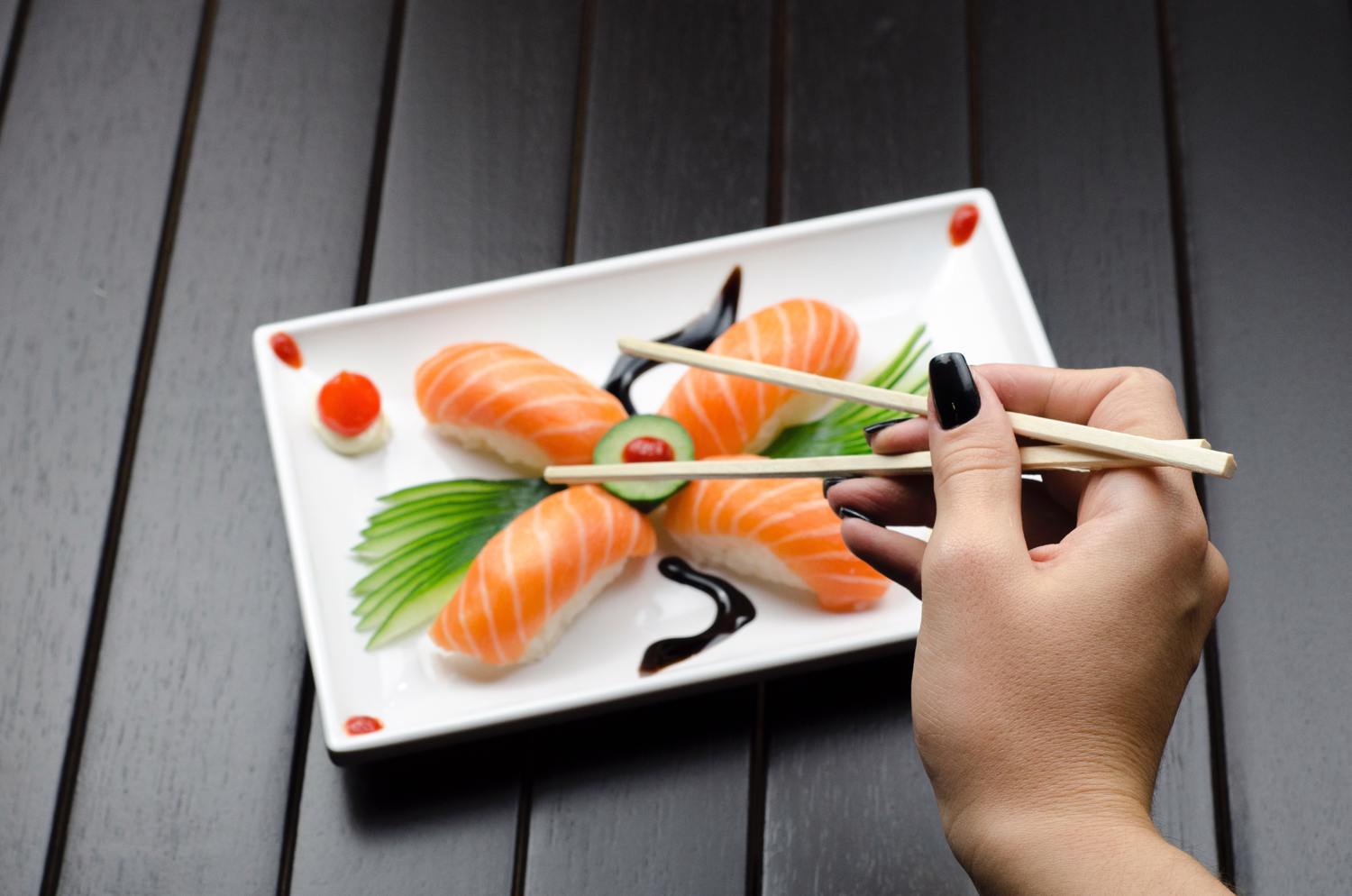Calling all sushi lovers!
Good sushi—authentic sushi—is actually pretty simple when it comes to ingredients. While the sushi we eat here in the States is quite yummy, it's often pretty Americanized.
The key to good sushi is fresh ingredients and quality technique. All the extra stuff is not necessary. Let's take a look at the "food science" behind making excellent sushi:
Rice
We're going to begin by discussing the most misused ingredient: rice. In Japanese tradition, there are certain rituals practiced in order to cook rice to perfection.
(We will be looking at this with science in mind.)
Once the husk is removed from the rice at harvest, it is made up of bran, germ, and endosperm. The endosperm is typically the part that is left for us to eat, and it is very rich in starch. The expertise involved in cooking good rice lies in allowing it to become sticky while maintaining its shape and avoiding becoming too soft. In order to do this, it is important to buy the right type of rice. Short-grain rice works best here. This means it will be round, with the same length and width. You can often find specific sushi rice, but knowing these qualifications can help to find other varieties that should have the same effect.
Something else to keep in mind is nutrition. You will want to be sure the protein is no more than 6%. Once you have selected your ideal rice, you will need to rinse it until the water runs clear. The next step is cooking it in a small amount of water, with the lid on. This process will initiate the release of amylose, a form of starch. This will allow for the grains to stick together, without becoming too soft, which is exactly what we want.
After the rice has cooked, it will be mixed with a rice vinegar solution (about 1.5 tbsp of rice vinegar per cup of rice). Once mixed, the rice will need to be covered with a tea towel or sheet of film and left to sit for a couple of hours.
Fish
Perhaps the most important aspect of good sushi is fresh fish. The fish will need to be frozen for up to 96 hours after purchase in order to ensure that any potential parasites are killed. After it has frozen for the appropriate amount of time, you can defrost the fish in the refrigerator. After a couple of hours, remove the fish and begin cutting it. It should not be fully defrosted, but fairly easy to cut into thin slices. After it has been cut, return the fish to the fridge to continue defrosting.
Sushi Rolls
When creating rolls, put the nori sheets in the fridge for a couple of hours beforehand. This should aid with preparing sushi rolls, and may not even require a bamboo rolling mat.
Sometimes, the best meals achieve their gold standard in simplicity. Sushi is one of those times. While I still love the overloaded sushi rolls we often enjoy in the U.S., I have a huge appreciation for the simple, traditional version. There are moments when less is more, and we need to let the minimal ingredients speak for themselves.
Though these tips may not be quite as intensive as traditional methods, they are still important basic skills to have in order to create the best sushi.
